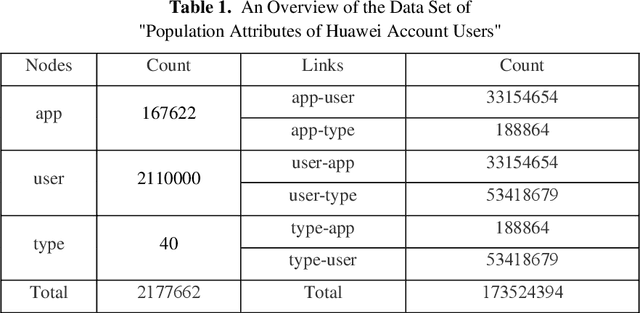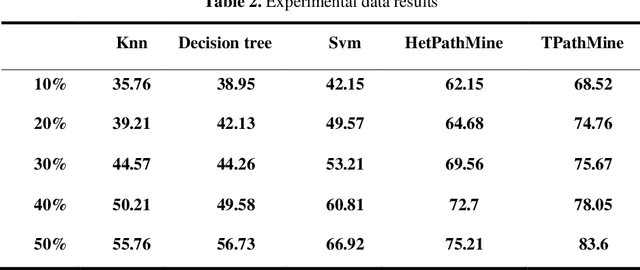Linfeng Du
Timing is important: Risk-aware Fund Allocation based on Time-Series Forecasting
May 30, 2025Abstract:Fund allocation has been an increasingly important problem in the financial domain. In reality, we aim to allocate the funds to buy certain assets within a certain future period. Naive solutions such as prediction-only or Predict-then-Optimize approaches suffer from goal mismatch. Additionally, the introduction of the SOTA time series forecasting model inevitably introduces additional uncertainty in the predicted result. To solve both problems mentioned above, we introduce a Risk-aware Time-Series Predict-and-Allocate (RTS-PnO) framework, which holds no prior assumption on the forecasting models. Such a framework contains three features: (i) end-to-end training with objective alignment measurement, (ii) adaptive forecasting uncertainty calibration, and (iii) agnostic towards forecasting models. The evaluation of RTS-PnO is conducted over both online and offline experiments. For offline experiments, eight datasets from three categories of financial applications are used: Currency, Stock, and Cryptos. RTS-PnO consistently outperforms other competitive baselines. The online experiment is conducted on the Cross-Border Payment business at FiT, Tencent, and an 8.4\% decrease in regret is witnessed when compared with the product-line approach. The code for the offline experiment is available at https://github.com/fuyuanlyu/RTS-PnO.
Accel-NASBench: Sustainable Benchmarking for Accelerator-Aware NAS
Apr 09, 2024Abstract:One of the primary challenges impeding the progress of Neural Architecture Search (NAS) is its extensive reliance on exorbitant computational resources. NAS benchmarks aim to simulate runs of NAS experiments at zero cost, remediating the need for extensive compute. However, existing NAS benchmarks use synthetic datasets and model proxies that make simplified assumptions about the characteristics of these datasets and models, leading to unrealistic evaluations. We present a technique that allows searching for training proxies that reduce the cost of benchmark construction by significant margins, making it possible to construct realistic NAS benchmarks for large-scale datasets. Using this technique, we construct an open-source bi-objective NAS benchmark for the ImageNet2012 dataset combined with the on-device performance of accelerators, including GPUs, TPUs, and FPGAs. Through extensive experimentation with various NAS optimizers and hardware platforms, we show that the benchmark is accurate and allows searching for state-of-the-art hardware-aware models at zero cost.
MultiResFormer: Transformer with Adaptive Multi-Resolution Modeling for General Time Series Forecasting
Nov 30, 2023



Abstract:Transformer-based models have greatly pushed the boundaries of time series forecasting recently. Existing methods typically encode time series data into $\textit{patches}$ using one or a fixed set of patch lengths. This, however, could result in a lack of ability to capture the variety of intricate temporal dependencies present in real-world multi-periodic time series. In this paper, we propose MultiResFormer, which dynamically models temporal variations by adaptively choosing optimal patch lengths. Concretely, at the beginning of each layer, time series data is encoded into several parallel branches, each using a detected periodicity, before going through the transformer encoder block. We conduct extensive evaluations on long- and short-term forecasting datasets comparing MultiResFormer with state-of-the-art baselines. MultiResFormer outperforms patch-based Transformer baselines on long-term forecasting tasks and also consistently outperforms CNN baselines by a large margin, while using much fewer parameters than these baselines.
Mobile APP User Attribute Prediction by Heterogeneous Information Network Modeling
Oct 06, 2019



Abstract:User-based attribute information, such as age and gender, is usually considered as user privacy information. It is difficult for enterprises to obtain user-based privacy attribute information. However, user-based privacy attribute information has a wide range of applications in personalized services, user behavior analysis and other aspects. this paper advances the HetPathMine model and puts forward TPathMine model. With applying the number of clicks of attributes under each node to express the user's emotional preference information, optimizations of the solution of meta-path weight are also presented. Based on meta-path in heterogeneous information networks, the new model integrates all relationships among objects into isomorphic relationships of classified objects. Matrix is used to realize the knowledge dissemination of category knowledge among isomorphic objects. The experimental results show that: (1) the prediction of user attributes based on heterogeneous information networks can achieve higher accuracy than traditional machine learning classification methods; (2) TPathMine model based on the number of clicks is more accurate in classifying users of different age groups, and the weight of each meta-path is consistent with human intuition or the real world situation.
 Add to Chrome
Add to Chrome Add to Firefox
Add to Firefox Add to Edge
Add to Edge